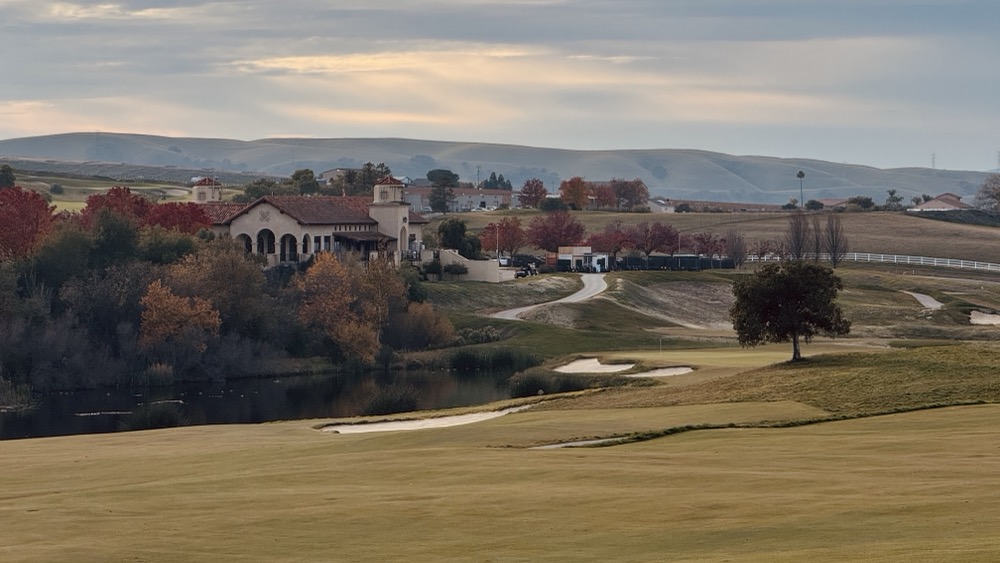Rucking Madrid
I do about 140-150 push-ups six days a week, but knew coming into our extended Spain stay that I would need a better routine for full body workouts. My solution: rucking.
 My rucking setup, complete with product typo
My rucking setup, complete with product typo
There’s nothing fancy about rucking: I probably did my first ruck in the mid 90s, but then I called it “backpacking training”. The idea is you put weight in a backpack and go for a walk, usually in an urban environment. When Julie and I first started backpacking when I was stationed at Wright Patterson AFB, we would both do various training exercises (stair climbers! day hike with extra weight!) to get in shape, especially in advance of our longer 5 day trips.
In the late 2000s, web sites like Art of Manliness started to spread the word about the inherent fitness benefits of rucking, almost certainly rising the eyebrows of anyone who has been through army basic training. Around the same time a product company and social network called GoRuck started, with ruck-specific backpacks designed to hold rectangular weights.
While I still go for runs (ran my most recent 10k about a year ago), lately I’ve been enjoying walking and hiking a lot more and it usually fits better with our van and travel lifestyle. It is not unusual for us to hit 20,000 steps when exploring a city. This past summer I listened to The Comfort Crisis which referred to rucking as one of the best full body exercises you can do, and this re-awakened my interest in artificially loading up a backpack. If I’m doing so much walking, why not add some challenge?
When we were recently staying in Sherwood OR I borrowed a friend’s dumbbells and did a few town walks with about 35 lbs, covering old tracks that I used to run just about every week. Did the same in Napa valley, this time with a kettlebell that didn’t work out quite as well. I can see why folks go for the specialized packs with weights designed to slip into padded slots. With the kettlebell I unconsciously did one of those “lift and adjust” moves with the backpack to get it to rest more comfortably on my back, resulting in the kettlebell crashing back down into my tailbone. Ouch.
So, on our first full day in Madrid Julie and I stopped in the local Decathlon sporting goods store. We purchased a yoga mat, two 5 kg dumbbells, and a 10 kg sand bag that is decent at simulating a kettlebell. Just about every day we plan to do some portion of our daily walking with these weights on our backs. I can attest that you feel this weight in the lower body and core! The sand bag is easier on my spine and tailbone than the kettlebell was.








